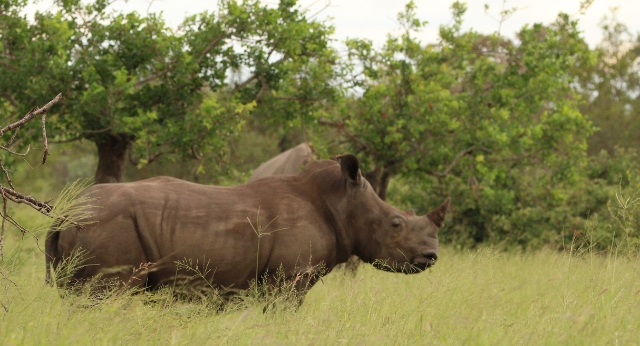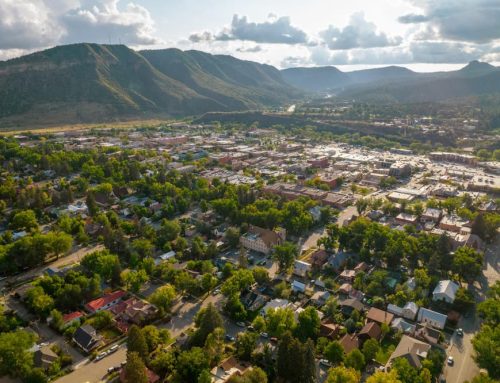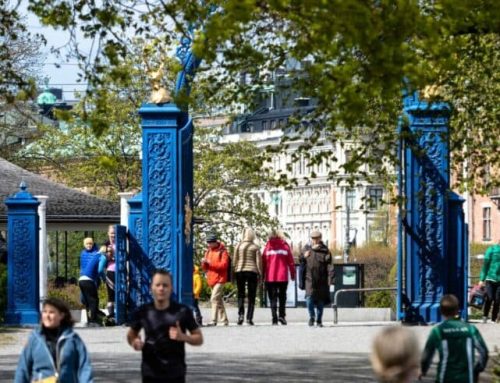Destination Stewardship Report – Autumn 2023 (Volume 4, Issue 2)
This post is from the Destination Stewardship Report (Autumn 2023, Volume 4, Issue 2), a publication that provides practical information and insights useful to anyone whose work or interests involve improving destination stewardship in a post-pandemic world.
Bypassed by Visitors: How One Community Tackles Undertourism
Another winner from the Top 100 – Every year, Green Destinations organizes the Top 100 Destination Sustainability Stories competition, which invites submissions from around the world – a vetted collection of stories spotlighting local and regional destinations that are making progress toward sustainable management of tourism and its impacts. From the winners announced this year, we’ve selected two more stories, this one from Phiring, South Africa, that showcase the importance of engaging all stakeholder groups within a destination. Synopses by Ailin Fei. Tom Vorster, Tourism Destination Coordinator, Kruger to Canyons Biosphere.
Engaging the Community in South Africa’s Kruger to Canyons Biosphere Region
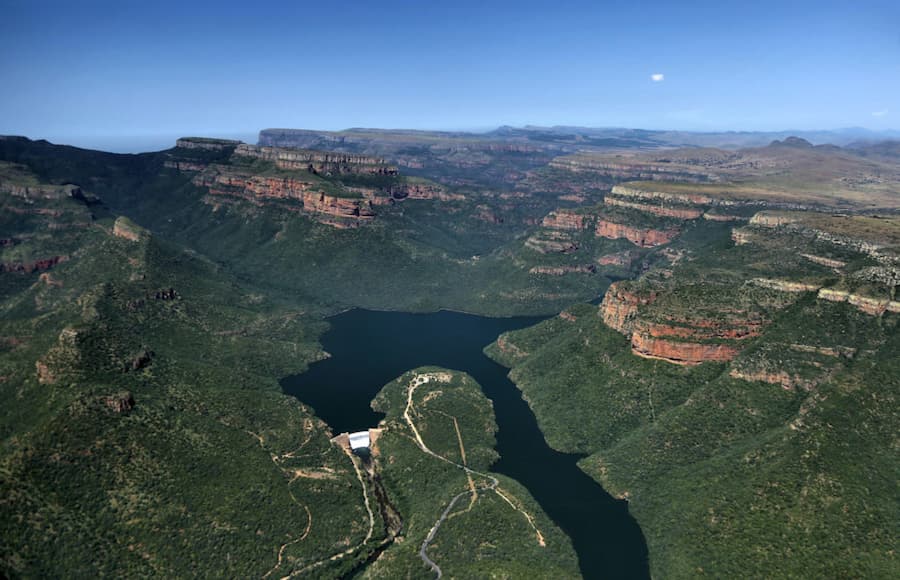
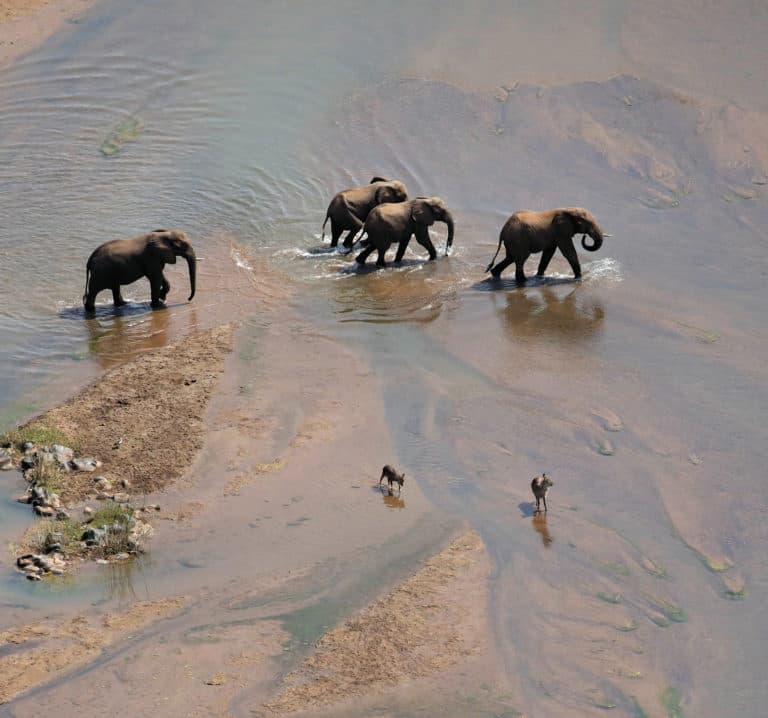
Elephants on the move in Kruger National Park. The effects of climate change are a threat to many wildlife species and habitats. [Photo courtesy of Green Destinations]
Two key projects started: the “Dinkwanyane Water Smart Project” tackles water supply issues and promotes a climate-adaptive green economy. The “Region for the Region Project” supports sustainable business practices, trains local guides, enhances attractions, and promotes cultural activities including the creation of a community home-stay program that aligns with guidelines for responsible and sustainable community tourism.
The Phiring community warmly embraces these projects and actively participates in tourism skill development, guided by experts. The Kruger to Canyons team facilitated marketing via a website and social media. The Limpopo provincial tourism agency marketed tourism in the province and invited tourism stakeholders to experience Phiring and increase community exposure to tourists.
Phiring’s success demonstrates the potential for community-driven initiatives, supported by dedicated partners, to benefit similar villages within the biosphere, even though a notable rise in tourism may take six months to a year. Establishing an officially recognized tourism association that supports sustainability efforts and considers resident and tourist interests is crucial in South Africa. Emphasis should be placed on achieving small initial successes to gain credibility and capture attention.
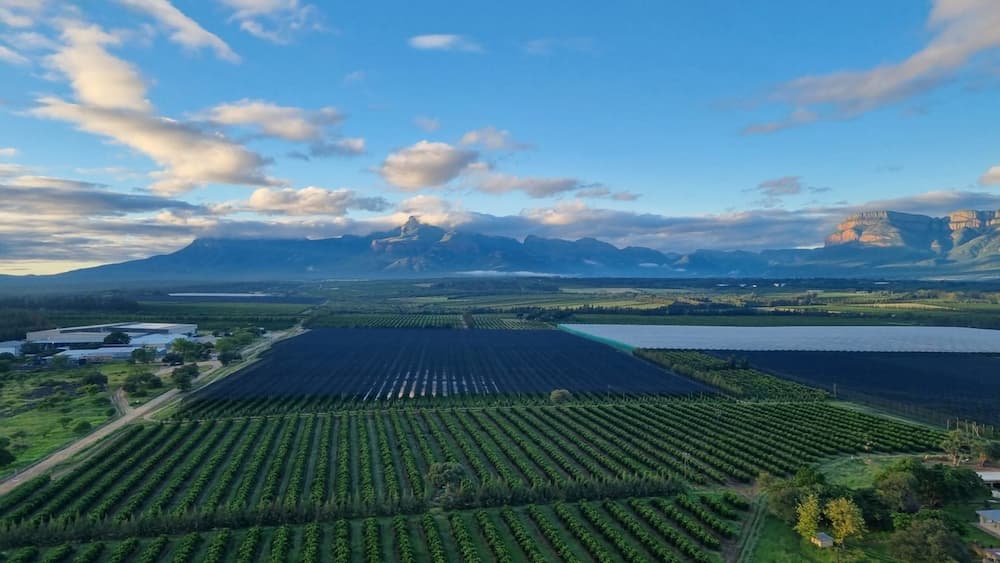
Agricultural efforts in Hoedspruit, with the vast Blyde River Canyon in the distance. [Photo courtesy of Green Destinations]


